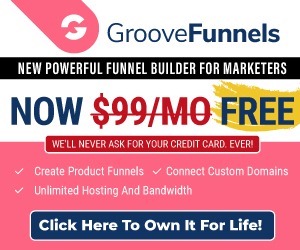In a previous article we looked at what an eBook was & how to use in our small business. Here Karen Leland continues with how to write an eBook in 4 simple steps.
Step #1 Choose a topic: Brainstorm ideas that that use your expertise, knowledge base or specific information and/or research. Consider smaller slices of bigger topics for eBooks. Books that can fit into the “how to” topic area are some of the most popular.
Step #2 Create Your eBook Outline: Decide what five to ten basic topics you are going to address in your eBook, and then outline the three main points you are going to make under each of those topics.
Step #3 Begin Writing Your eBook: Oddly enough, the easiest part of eBook publishing is getting the finished product up and running for distribution. Many can be uploaded with just a click of a few buttons. But where most entrepreneurs face a challenge is in finding the time, or having the writing chops, to craft the eBook in the first place. I get weekly calls from small business owners asking me to ghostwrite their eBooks because, although they have great content and ideas, they don’t have the writing skills.
Even if that’s the case, it’s no excuse, since there are scads of eBook-savvy small businesses whose sole purpose is to ghostwrite, edit, design and publish your eBook.
Step #4 Edit and design your eBook: A few things to keep in mind:
Unless you were an English major, hire a proofreader to go through your manuscript to check spelling, grammar and punctuation.
Unless you were a graphic design major, hire a designer to create the layout, cover and formatting of your book.
Unless you are an illustrator, hire a graphic artist to add pictures or drawings to your eBook.
Consider embedding video in the eBook.
It sounds simple, but no doubt takes time and effort to produce. Possibly less expensive than printed options that often get thrown away, and you do have the option of having them printed as well. Remember to update to keep the information fresh and current. This is a great way to spread the word about your business,and how to get it out into the world?
- adding to your blog
- sending an email to existing customers
- sending out to new ‘likes’ on your facebook fanpage
- adding to newsletters
- sending excerpts to other bloggers who could link back to your site
- sending excerpts to twitter, linkedin etc
I would love to hear from you if you have any examples that have worked for you


